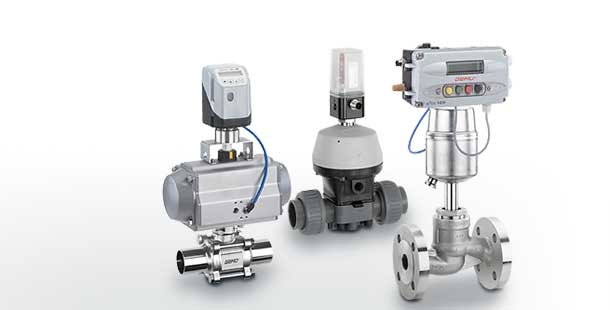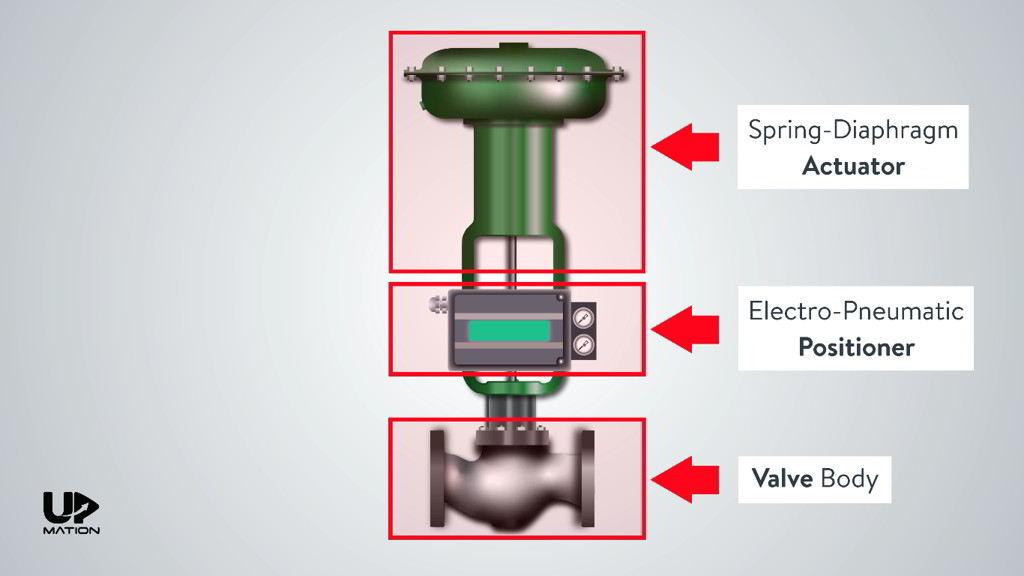Exploring the Capability of Modern Control Valves in Industrial Applications
Exploring the Capability of Modern Control Valves in Industrial Applications
Blog Article

Maximize Power Savings and Convenience With Advanced Structure Automation Controls
In the realm of modern-day design and facility monitoring, the assimilation of sophisticated building automation manages stands as a crucial development. By harnessing the power of automation, structures can adjust, respond, and develop in means that were once unimaginable.
Energy Performance Benefits
Power efficiency advantages can considerably lower energy intake and functional prices in buildings. Energy-efficient systems, such as sophisticated structure automation controls, can optimize the usage of resources like lighting, home heating, and cooling, leading to lower energy costs over time.
Additionally, improved energy performance can extend the life-span of building tools and systems. By running a lot more effectively, heating and cooling systems, light, and various other building components experience much less damage, leading to decreased upkeep and substitute expenses. In addition, energy-efficient buildings commonly regulate higher home worths and rental rates, offering long-lasting monetary benefits to proprietors.
Furthermore, energy performance can enhance owner convenience and efficiency. Appropriately controlled interior environments with ideal lighting and thermal problems produce a more positive and conducive work area, bring about improved employee fulfillment and efficiency. Overall, the energy efficiency benefits connected with innovative building automation controls are diverse, incorporating price savings, ecological stewardship, and owner health.
Enhanced Comfort Control
Enhancing comfort control in building atmospheres calls for a sophisticated combination of sophisticated automation systems for optimum resident wellness. By using sophisticated building automation controls, centers can tailor the interior environment to satisfy the particular needs and preferences of residents. These systems allow exact law of air flow, temperature, and lighting, producing a comfy and productive ambience. Passenger complete satisfaction and efficiency are closely linked to thermal comfort, making it necessary to have systems in area that can adapt to transforming conditions in real-time.
By integrating these advanced controls, structures can not only enhance convenience however likewise improve energy performance by maximizing system procedures based on actual tenancy and use patterns. Ultimately, prioritizing resident convenience through innovative automation systems leads to an extra satisfying and much healthier interior atmosphere.
Operational Effectiveness Improvements

Furthermore, the implementation of real-time monitoring and analytics tools makes it possible for building drivers to recognize energy inefficiencies and operational anomalies without my company delay. By continuously keeping an eye on power use patterns and system performance metrics, adjustments can be made in real-time to maximize power usage and ensure peak operational efficiency. control valves. In addition, integrating demand response techniques into structure automation controls can even more improve functional effectiveness by dynamically readjusting energy usage based upon grid problems and pricing signals
Indoor Environment Optimization
Efficient indoor climate optimization is a fundamental aspect of structure automation controls, guaranteeing residents' comfort and wellness while maximizing power financial savings. By using advanced sensors and controls, developing automation systems can continually check and change temperature level, humidity degrees, air top quality, and air flow to produce an optimal indoor environment. Preserving comfortable and constant problems not just enhances passenger contentment yet additionally enhances productivity and overall health.
Interior environment optimization additionally plays an important role in energy effectiveness. By fine-tuning ventilation, heating, and cooling systems based on real-time information and occupancy patterns, building automation controls can significantly decrease power consumption - control valves. Executing strategies such as demand-controlled air flow and thermal zoning can assist lessen power waste while ensuring that each area of the structure gets the necessary conditioning.

Lasting Environment Creation
Building go to this web-site automation manages not just optimize interior environment conditions for energy performance and owner convenience but likewise lay the structure for producing a lasting setting with critical management of sources and systems. By incorporating advanced building automation innovations, such as sensing units, actuators, and intelligent software, centers can adjust and keep track of energy usage in real-time to minimize waste and minimize their carbon footprint. These systems make it possible for predictive upkeep, identifying possible problems before they straight from the source escalate and enhancing tools efficiency to boost longevity and efficiency.
Additionally, sustainable environment creation extends beyond power monitoring to include water preservation, waste reduction, and interior air top quality renovation. Building automation controls can manage water use, detect leaks, and make certain appropriate waste disposal techniques, contributing to total sustainability efforts. Additionally, by monitoring and controlling ventilation and purification systems, these technologies enhance owner health and performance while lowering power intake connected with cooling and heating procedures.
Verdict
To conclude, progressed building automation regulates offer substantial benefits in terms of energy savings, comfort control, functional effectiveness, interior climate optimization, and creating a lasting environment. By executing these controls, structures can accomplish optimum performance while minimizing energy consumption and enhancing passenger convenience. It is apparent that making use of sophisticated automation modern technology is critical in improving structure efficiency and creating a more sustainable future.
Power efficiency benefits can substantially lower energy usage and functional expenses in buildings. Overall, the energy performance advantages connected with sophisticated structure automation controls are complex, including cost financial savings, ecological stewardship, and resident health.
Additionally, incorporating demand response methods right into building automation controls can even more enhance functional efficiency by dynamically changing power usage based on grid problems and rates signals.
Building automation controls not only optimize interior climate conditions for power effectiveness and passenger comfort however additionally lay the structure for developing a sustainable atmosphere via calculated management of sources and systems.In conclusion, advanced structure automation manages offer significant advantages in terms of energy financial savings, convenience control, functional performance, interior climate optimization, and developing a sustainable setting.
Report this page